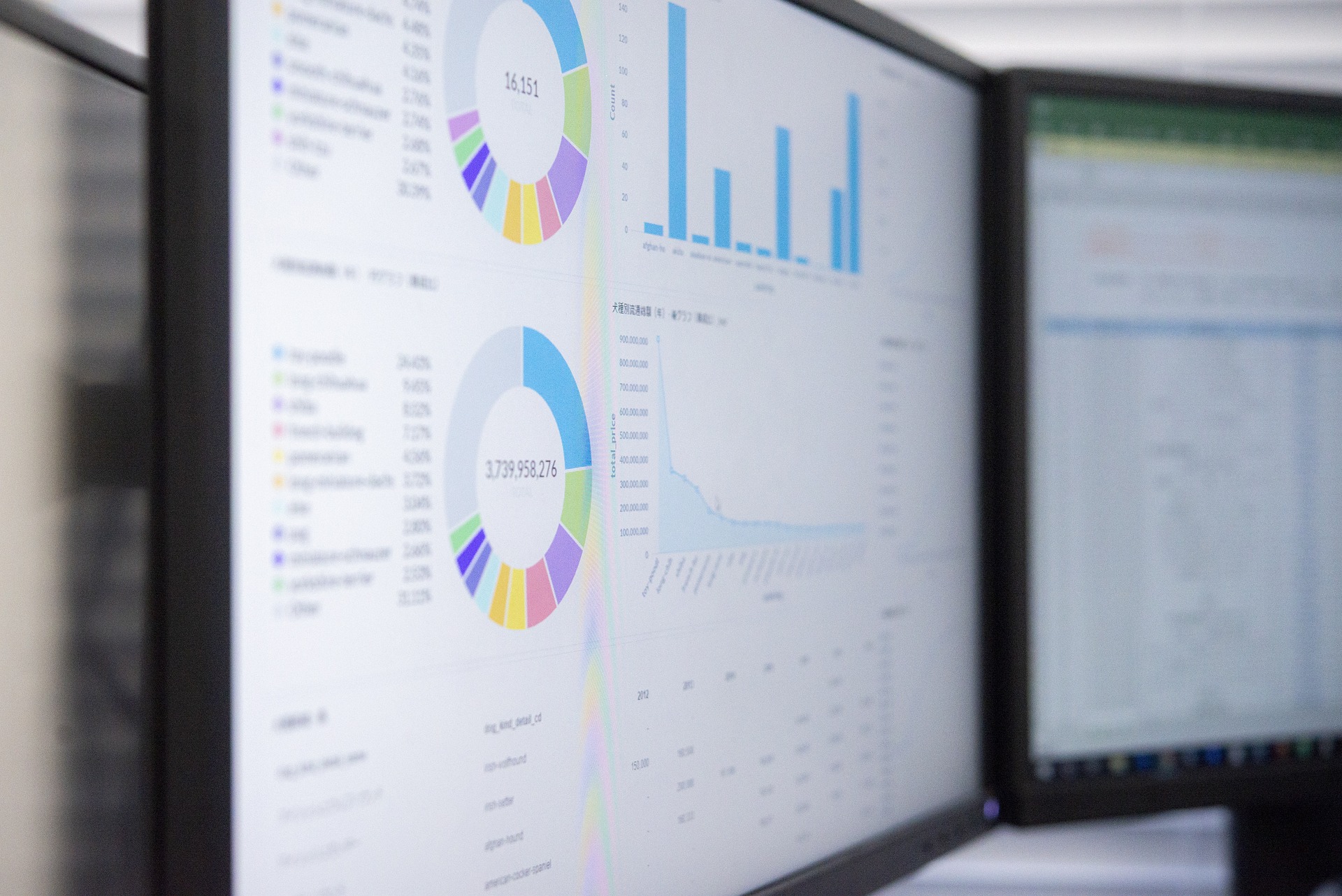Introduction
Dashboards are powerful tools for visualizing and tracking project performance in Project and Portfolio Management Offices (PPMOs). They provide real-time insights into key metrics, enabling PPMO leaders and portfolio governance boards to make informed decisions quickly. This briefing explores the benefits of using dashboards in PPMOs.
Benefits of Dashboards in PPMOs
Dashboards offer several advantages for PPMOs:
- Real-Time Insights: Dashboards provide up-to-date information on project performance, allowing for timely decision-making. According to a report by McKinsey, real-time data access can improve project performance by up to 25% (McKinsey, 2019).
- Enhanced Visibility: Dashboards offer a comprehensive view of all projects, highlighting areas that require attention. This visibility helps in prioritizing tasks and allocating resources effectively.
- Improved Communication: Dashboards facilitate better communication among stakeholders by presenting data in an easily understandable format. Gartner reports that dashboards can improve stakeholder engagement by 30% (Gartner, 2020).
- Data-Driven Decisions: By visualizing key metrics, dashboards enable data-driven decision-making, reducing the reliance on gut feelings and assumptions.
Key Features of Effective Dashboards
Most PPMO tools for dashboards and reports are filled with features. Focus on the features that are most relevant to your PPMO at its current maturity level.
- Customizability: Dashboards should be customizable to meet the specific needs of different stakeholders. Customization should require minimal software development knowledge.
- Real-Time Data: Ensure that dashboards are updated in real time to provide accurate insights.
- Interactive Elements: Interactive features, such as drill-downs and filters, allow users to explore data in more detail.
- User-Friendly Design: Dashboards should be intuitive and easy to navigate, ensuring that all users can access and understand the data.
Implementing Dashboards in Your PPMO
To effectively implement dashboards, consider the following steps:
- Identify Key Metrics: Determine the most important metrics to track based on your PPMO’s goals and objectives. Start simple with just a few and progress from there as the PPMO matures.
- Choose the Right Tools: Select dashboard tools that offer the features and capabilities you need.
- Train Users: Provide training to ensure that all users can effectively use the dashboards. All PPMO staff should be supportive and reinforce stakeholder training with each interaction.
- Continuously Improve: Regularly review and update dashboards to ensure they remain relevant and useful.
Conclusion
Dashboards are essential tools for tracking and improving project performance in PPMOs. By providing real-time insights, enhancing visibility, and facilitating data-driven decisions, dashboards can significantly enhance the effectiveness of your PPMO.
References
- McKinsey, 2019 | How to Improve Organizational Performance.
- Gartner, 2020 | Data Literacy Is the Key to Unlocking Data’s Value




